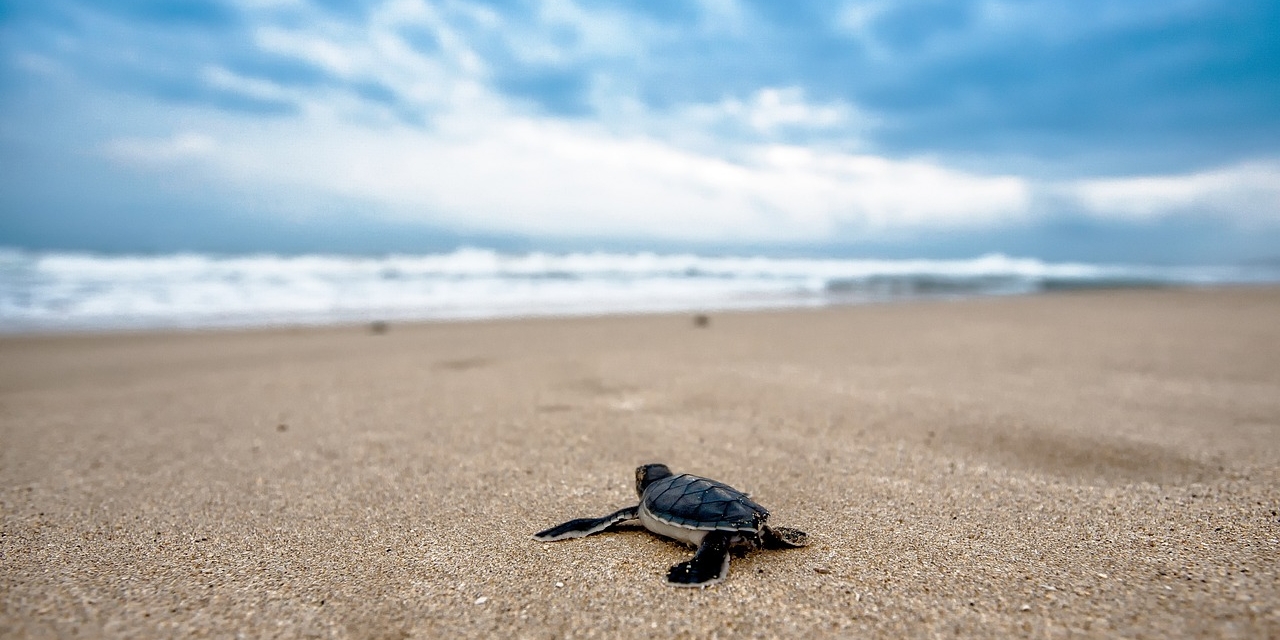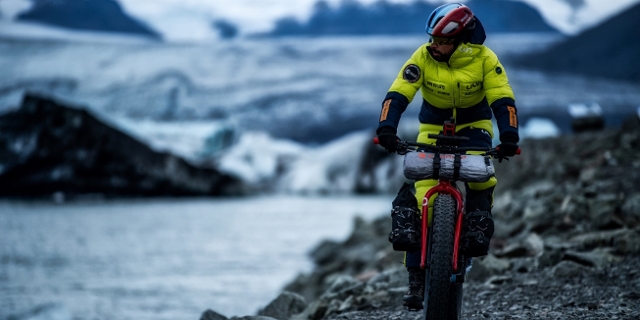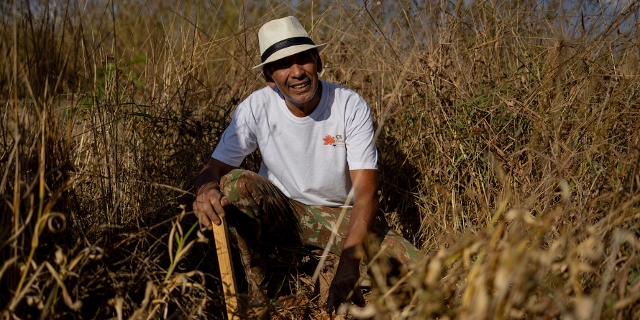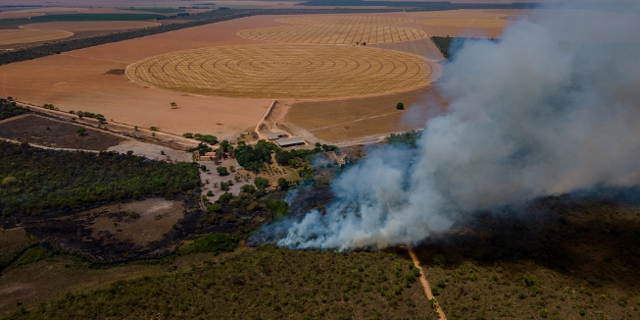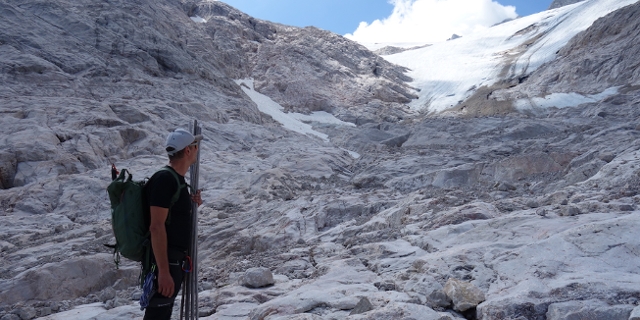Save Akamas: Europe’s biodiversity dilemma
I’m riding my bike over the narrow spine of the Akamas Peninsula, one of Europe’s most beautiful fingers of land. To my left and to my right, I can see the Mediterranean Sea, deep blue and sparkling in the sunshine. On either side the land falls really steeply down to that sea, over green forests and scrubland of twisted juniper bushes. And as I ride, I can hear birds and I can see slithering lizards.
But what I can’t see and what’s so remarkable, I can’t see any buildings or any roads. This is one of Europe’s last wild places.
But it is under threat.
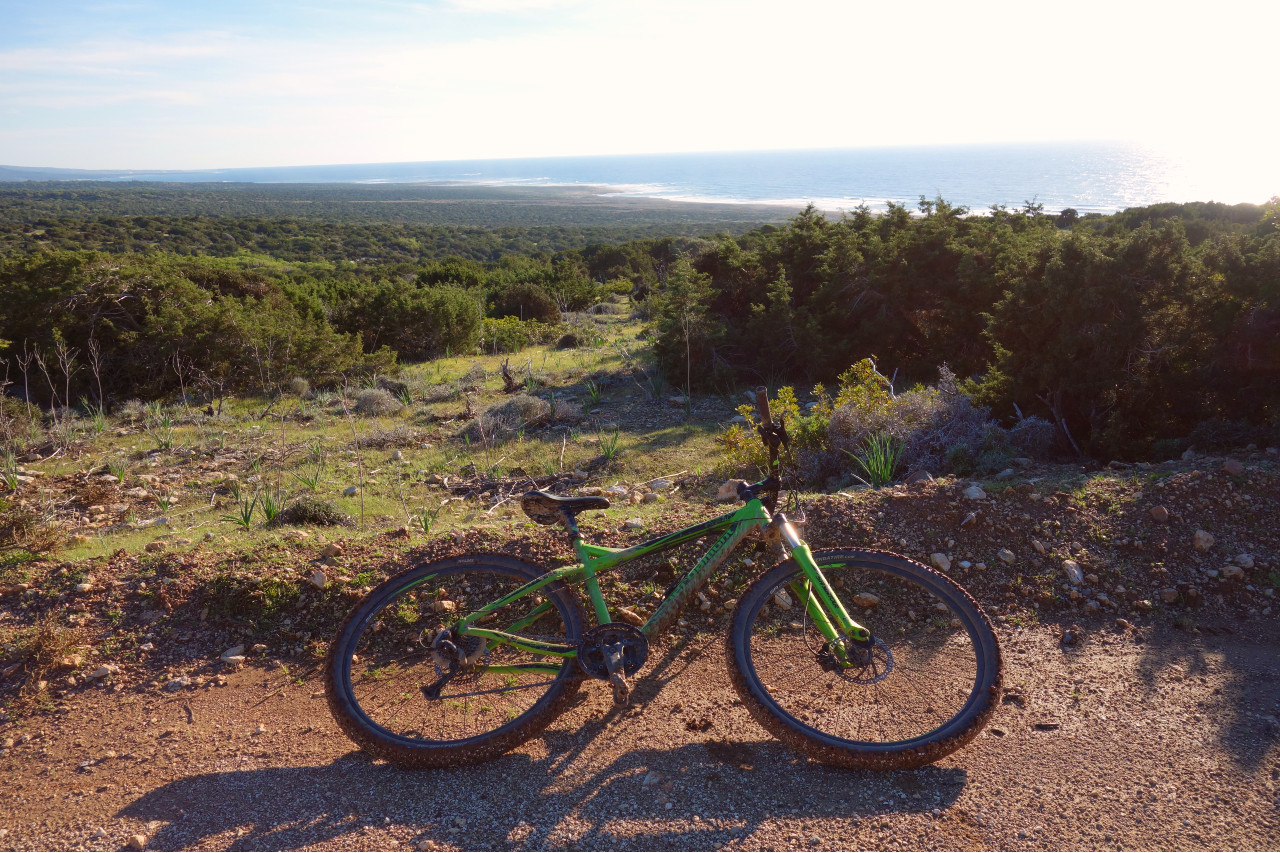
Chris Cummins
It’s not just beautiful, it’s a major European biodiversity hotspot, explains Professor Constantinos Kounnamas of Frederick University’s Nature Conservation Unit in Nicosia; it’s a biodiversity hotspot. Many important species concentrated in the area. There are 600 plant species here and 35 of them are endemic, which means they only grow in Cyprus and nowhere else on the earth. There are also 68 species of bird, 12 species of mammal and 20 species of reptiles, including the snakes that everyone around here has been warning me about.
Paradise Lost?
The Akamas has become Cyprus’s equivalent of the Lobau, with regular youth-led Save Akamas protests in the capital Nicosia. They feat this paradise might be lost.
“There have been development plans set out by the Government which could endanger the ecosystem on Akamas,” explains Nathan Morely, a journalist who has lived in Cyprus for decades. “For many years this kind of thing went on unchecked. But there is a new generation of Cypriots from the arts, culture, academia and general society as well, who have basically said, ‘Hang on. Enough is enough. We cannot possibly develop on this piece of land’"
The #SaveAkamas Campaign
The issue is important to many Cypriots because so much has already been lost and so little remains, explains Nathan. “Over the past 30 years, there has been a huge amount of development right across the island. It’s a small island and gradually the parts which were once forestland and vibrant nature are disappearing.”
This might seem like a small local story. The struggle to save Akamas is not the sort of story you usually find in the international papers. But far away in Montreal this month, at the COP15 biodiversity conference, a crucial global deal was signed. The world has promised to protect 30% of its land and 30% of its oceans by 2030.

Radio FM4
Listen to the in depth podcast on the save the Akamas campaign and Europes biodiversity dilemma.
The E.U. has a reputation for lecturing the global south while failing on its own targets, so it is absolutely vital for its credibility on the world stage that nature protection is strengthened here. But the example of Akamas shows how difficult to reach this target might prove.
A Unique Zone For Biodiversity
Cyprus is as far South and as far East as you can travel within the E.U. which means its biodiversity is unique to Europe with Mediterranean, with endemic trees such as the Golden Oak and mountains that team with butterflies. The government is not indifferent to this. There are 125 protected areas in Cyprus, including 66 Natura 2000 zones.
But land is under massive and increasing pressure. People don’t want to live several generations in a single house anymore. And many of the existing buildings on Cyprus are being used to accommodate tourists. And in an age where Cyprus has suffered multiple economic crises, offering rooms to tourists is one of the most obvious and secure ways of making a living.
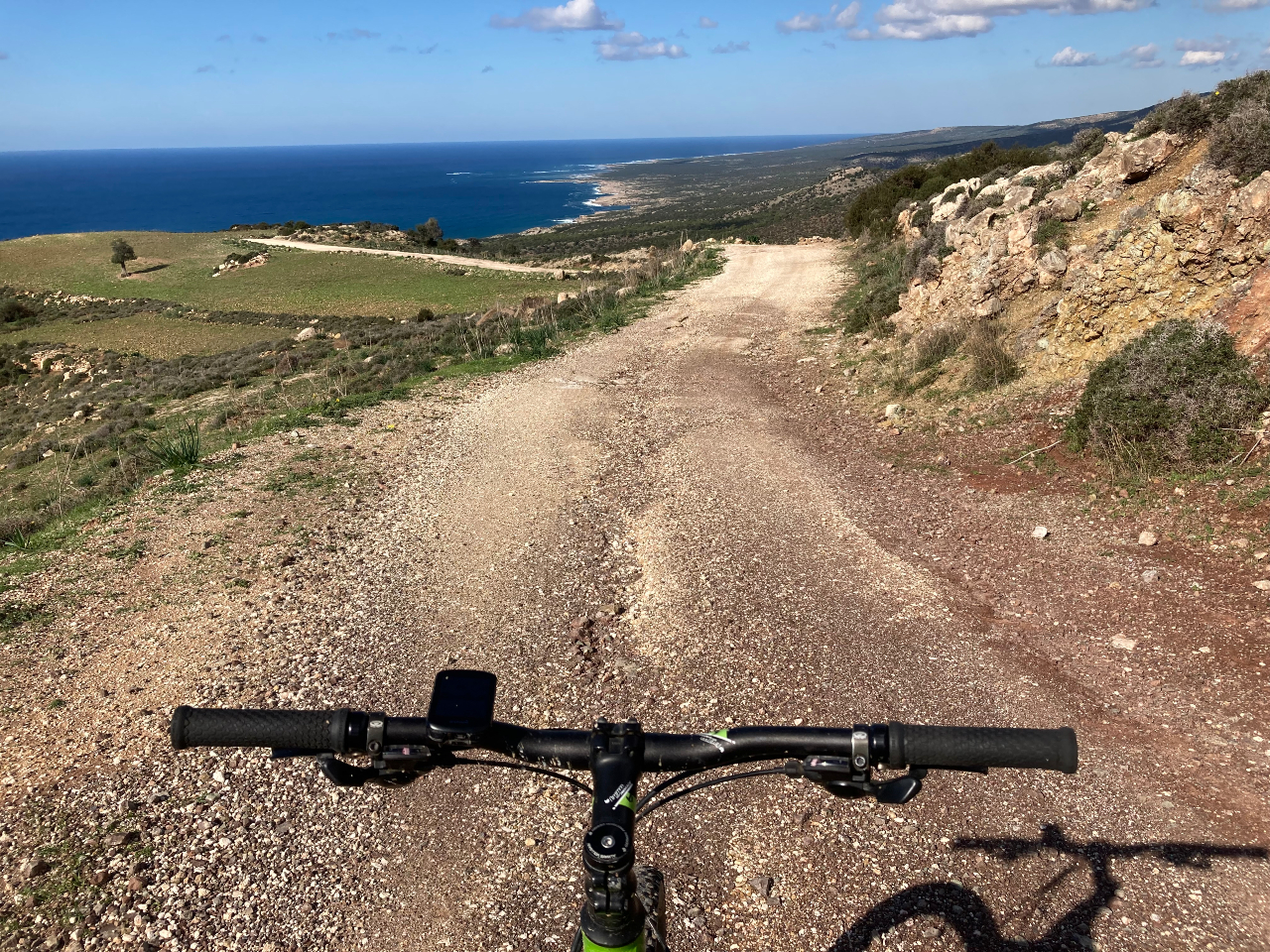
Chris Cummins
Lara Beach
From the spine of the peninsula I ride my bike on a bumpy dirt track that snakes down to the north-western coast and then I ride south a couple of kilometres through sandy scrubland until I reach the isolated and magnificent Lara Beach. The waves tumble on to this generous expanse of wind-swept, crescent-shaped sand.
This is a real pilgrimage for me because this is where my favourite animals, sea turtles, come to reproduce. It has been a turtle conservation station protected since 1971. There is a small straw thatched beach kiosk nearby, but otherwise it’s heavenly, isolated on this winter’s day on the beach.
This is the place that sparked the original #SaveAkamas demonstrations. There were plans to build a hotel next to a beach were turtles nested. There was also talk of possible housing developments nearby and agro-tourism farms.
Conservationists feared all these things which could impact the fragile zone and, so far, serious intervention has been resisted. “I think there is a consensus here, certainly amongst the public and the people I’ve spoken to, that it should really just be left alone because it is an incredibly beautiful place and it is one of the few remaining places of natural beauty left.”
A Protest For Sunbeds
But not everyone is happy and there are still plans for more moderate development, including a suggestion of a metaled road in the park. The Cypriot authorities are under pressure to make it easier for stakeholders in the tourist industry to make some money. In 2019 local residents protested against the ban of sunbeds on Lara Beach arguing they were dissuading the tourists from visiting.
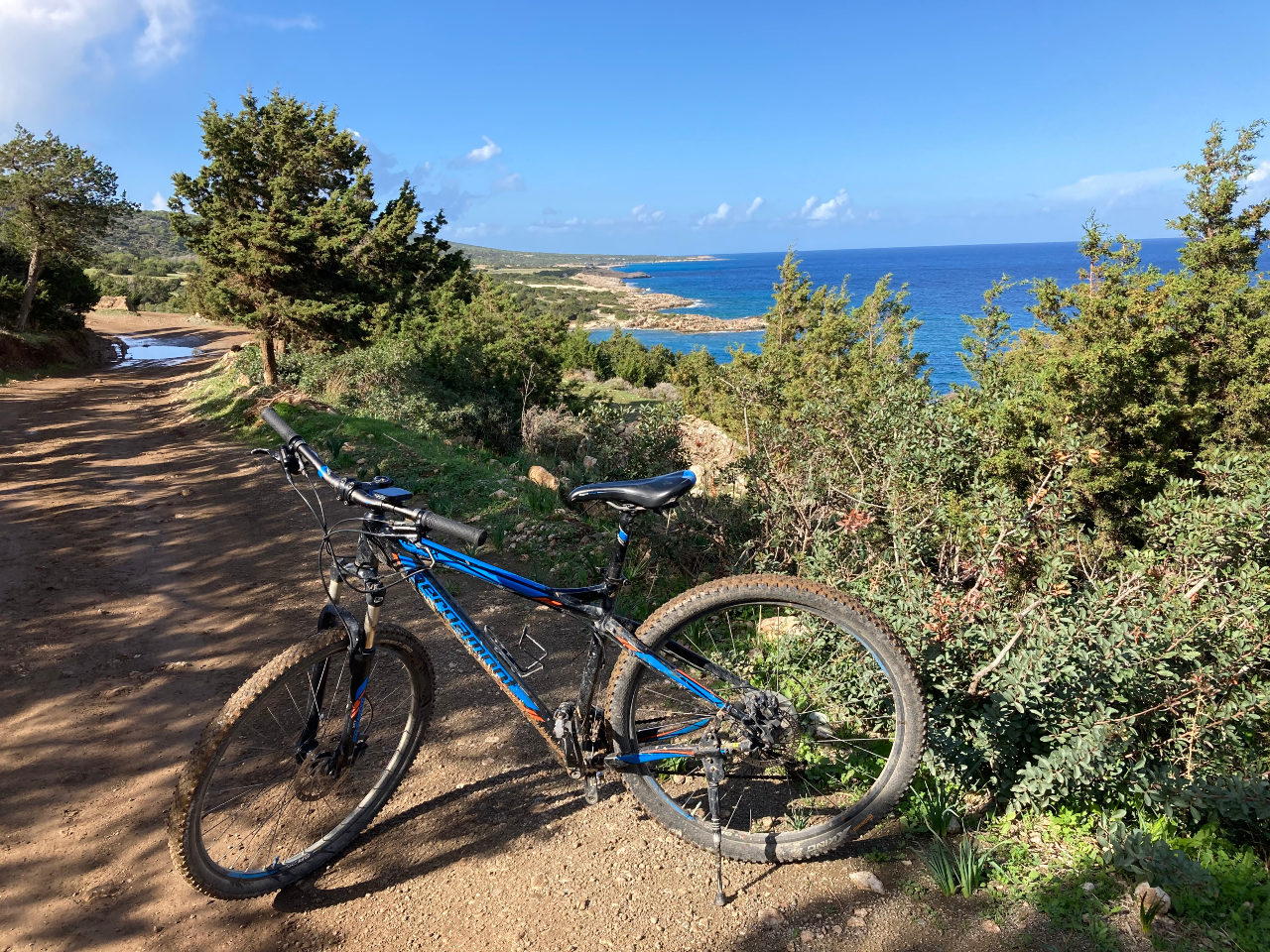
chris
It is not that these people are indifferent to nature. They feel their livelihoods are at stake. Cyprus has been threatened by repeated cycles of economic crisis, including 2012–2013 Cypriot financial crisis. Tourism is for many the surest way of keeping afloat economically and they are pushing for compromise. The only other humans I saw on my hours long ride were convoys of tourists roaring by on earth-churning quad-bikes that throw dust over the plants and shrubs.
Environmental Compromise
In summer they weave through the peninsula like bone-shaking ants. This sees hardly compatible with protecting the fragile ecosystem, but they do attract tourists and bring money in to the local economy.
“We are seeing the environment literally dug up from under our feet for construction,” says Nathan. “That is a real problem. Another danger comes in with the cost of living. There’s a scarcity of low-cost housing here. People can’t get on the property ladder. So there’s a pressure to building on it. So it will be interesting to see how the government approaches this."
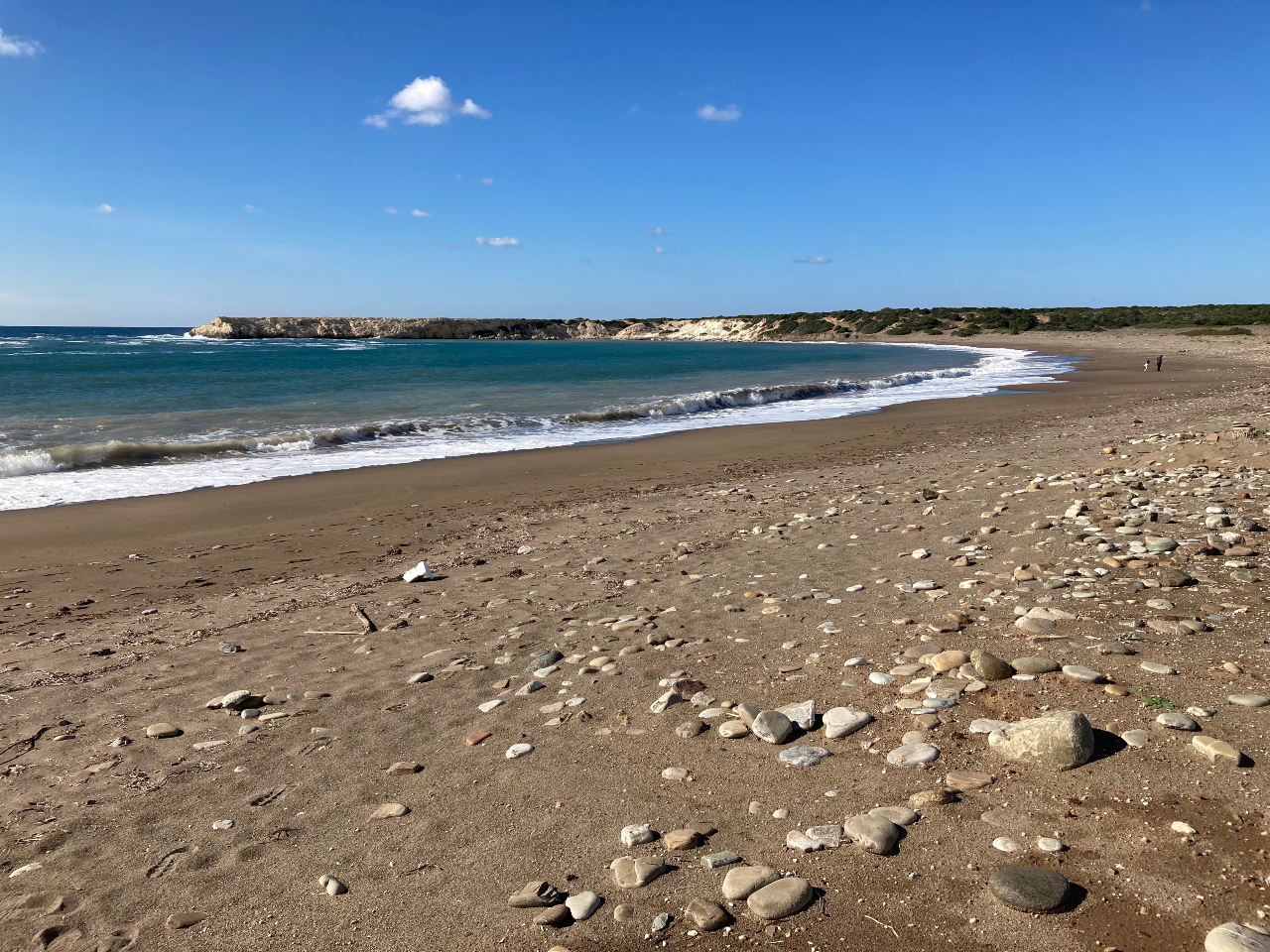
Chris Cummins
Tourism is often ecologically problematic, including here in Austria, but the sort of tourism that Cyprus practices has proved particularly destructive. That’s because of the tastes of the holidaymakers. “A great part of the economy of the GDP of this country comes from tourism. It comes from digging up coastlines and building hotels and other forms of tourist infrastructure,” reports Nathan. “The tourist authorities here have tried to diversify and to promote mountain tourism and eco-tourism. But it just hasn’t taken off because Cyprus is known as a beach holiday destination.”
Land Pressure
All of this has meant there’s hardly any room for nature to flourish on Cyprus anymore. There’s quarrying, even on the edges of Akamas and there has historically been much mining; for copper, involving whole mountaintops simply blown away - and also for asbestos.
And, of course, on a crowded island there have been many hectares given over to landfills to swallow the garbage. And then there is the building: “And I can give you a personal account here,” says Nathan. “I have a little old, ancient, mediaeval house in the mountains, and it used to be a drive from Limassol into the mountains on a forest road. It is now basically 21 kilometres of housing.”
The Lost Forests Of Cyprus
In ancient times, Cyprus was known as “Dasoessa,” meaning a place full of forests. Now only 18% of the country is covered in trees and in the eastern part of the island the forests are mainly gone, leaving a bald landscape vulnerable to erosion. It is a tragedy recently thematized in Elif Shafak‚s recent novel The Island of Missing Trees. And for decades the island’s ubiquitous goats feasted on any saplings, preventing any chance of recovery.
There have been afforestation projects on Cyprus for decades, and between 1990 and 2000, Cyprus gained an average of 1,200 hectares of forest per year. Goats have been banned from certain areas. But repeatedly these gains have been cancelled by increasingly frequent wildfires as, hit by the climate crisis, Cyprus bakes under the summer sun.
“Climate change is a huge issue here,” says Nathan. “The government warned recently that we could lose up to 30% of the fauna and flora by 2050 just due to the impact of climate change alone.”
Publiziert am 23.12.2022







